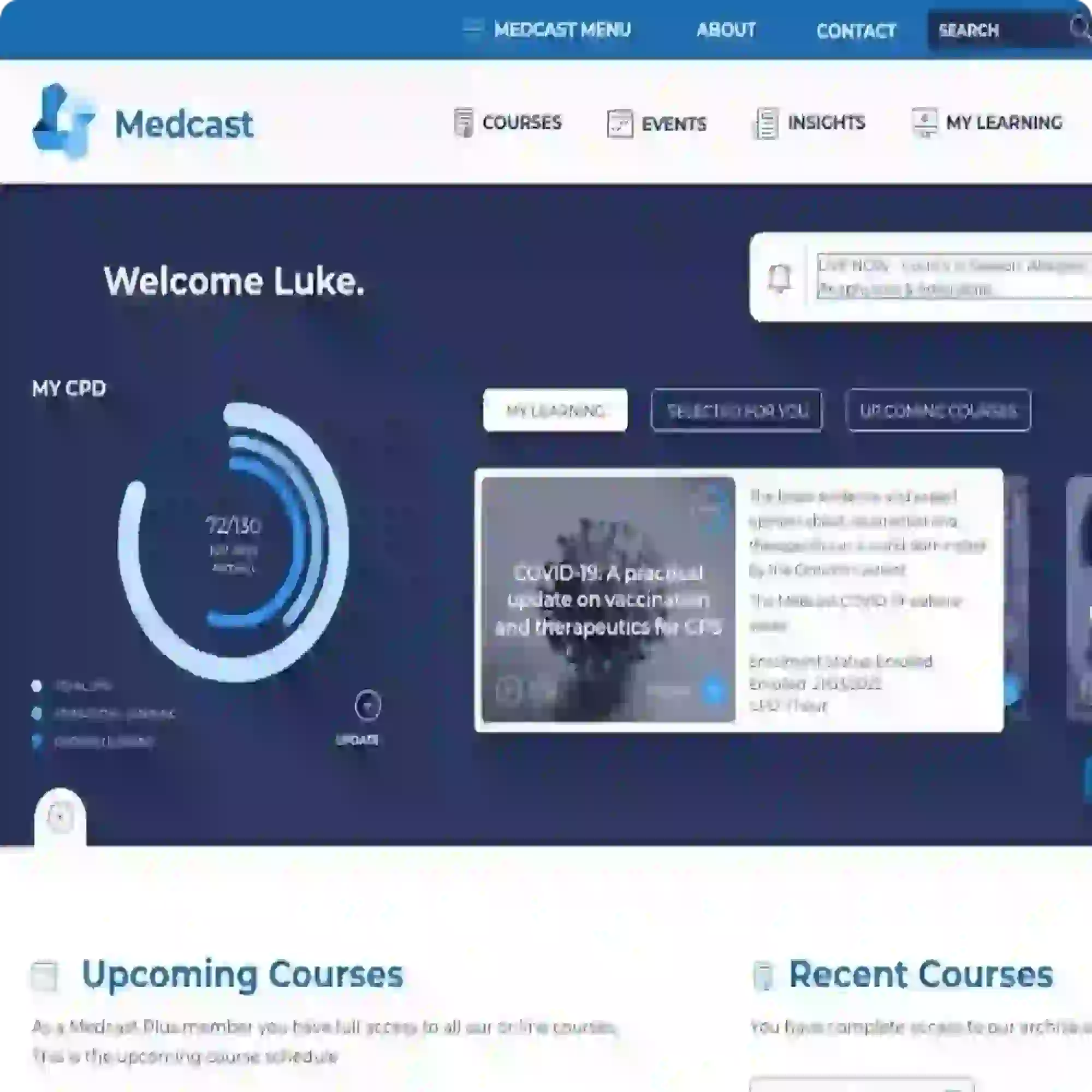Crystal Smith
Crystal Smith RN, BN, GradCert(CritCareNurs), GradCert(ChnNurs), M.Ed, has been working in clinical and tertiary settings for over 15 years. She has experience in adult and paediatric critical care.

Once anaphylaxis has been identified, immediate treatment is required to stop the allergic cascade from producing histamines, prostaglandins and cytokines, and manage the effects of these agents. Management will include immediate treatment, refractory management and post crisis management.
Total Intravenous Anaesthesia (TIVA) has become an increasingly popular choice for anaesthesia, as alternatives to volatile agents. Surgical technique advancements and increasing utilisation of day hospital centres have created an environment where minimal downtime after general anaesthesia is highly desirable.
The increasing use of technology and move into online learning options has expanded the options for delivering education, including resuscitation education. Theory can now be delivered in high quality and engaging modes, and allow educators to focus on the practical skills that are necessary in resuscitation.
One of the most important assessment tools in rapid paediatric assessment is the central capillary refill time (CRT). It is quick, easy to perform and does not require any special equipment.
The opportunity to reduce time to thrombolysis or EVT has significantly reduced the risk of disability for patients who were were able to access the MSU, and improved transfer times to appropriate EVT hospital centres.
Australia saw a five fold increase in hospitalisation with anaphylaxis between 1995 and 2005, which sadly also saw an increase in the number of fatalities from anaphylaxis. The new infant feeding guidelines have had very positive results, with many parents and healthcare professionals embracing the change.
2020 ILCOR guidelines emphasise the importance of higher ventilations in paediatric resuscitation. This reflects the higher oxygen requirements of children which is evident in their higher baseline respiratory rate.
The Mallampati Score or Classification is a simple and easy to use tool that assists in predicting difficult endotracheal intubation.
Many healthcare processes have been re-evaluated in light of the current COVID-19 pandemic.
In order to achieve these standards, it is essential that medical and nursing staff who work with paediatric patients receive specialised education to manage a paediatric cardiopulmonary arrest.
A frequently used medication in community and hospital settings is paracetamol (named acetaminophen in some countries). It has less adverse effects than other analgesics, as it has no effect on platelet functioning and allergies are very rare.
The Stop Before You Block (SB4YB) initiative is a patient safety campaign designed to help reduce the risk of inadvertent wrong-sided anaesthetic blocks.
The move to standardise emergency numbers within hospitals, to make them similar to the standardised emergency numbers that are utilised in the community setting, is gaining momentum.
As summer approaches, drowning events across Australia will be more prevalent. Healthcare professionals can assist in the community during these stressful emergencies, and use their skills to help manage drowning events.
Who checks the resuscitation or emergency trolley in your workplace? It’s easy to find guidelines about what items to include on the trolley, depending on your clinical environment. What’s not as easy is how to ensure that staff prioritise completing the checks, especially when you consider the ever-expanding lists of tasks that must be performed.
The increasing rates of food allergies has been alarming over the past 30 years in Western countries. So, is there a genuine rise in allergies, or just better awareness?
